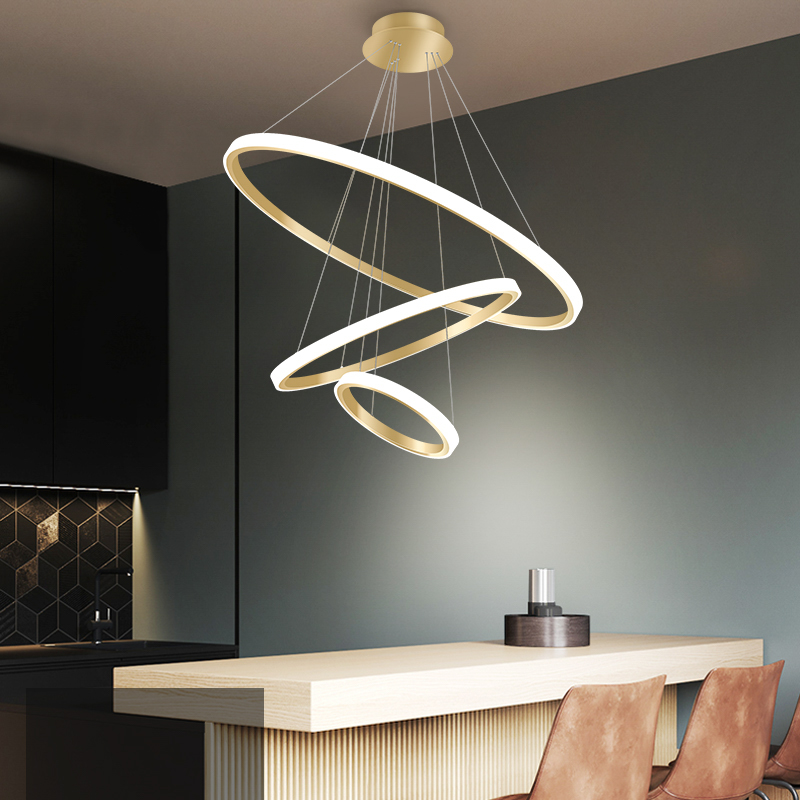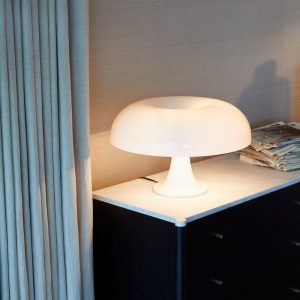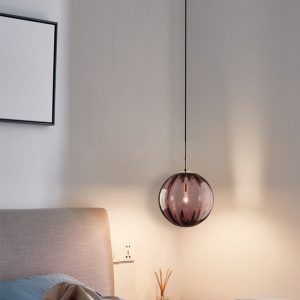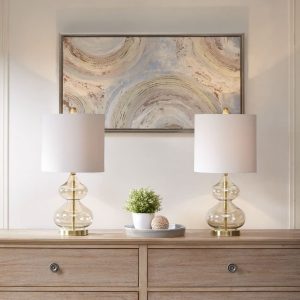
Few things in a room can have the effect of making it look larger or more grandiose than a soaring ceiling. In fact, in many cases, the ceiling can be the star of the show. Today, architects and designers alike are recognizing the ceiling as a key design element, using it to create a sense of space, light, and openness. Whether you’re considering a remodel or building your dream home from scratch, taking a closer look at the art of ceiling design is a great place to start.
The Ceiling as Canvas
For years, the ceiling was primarily seen as a utilitarian element, serving practical purposes such as insulation and plumbing. However, as the design world has evolved, architects and designers have come to view the ceiling as a blank canvas waiting to be transformed. The possibilities are endless, from coffered ceilings to painted murals, medallions, and beams.
Coffered Ceilings
One of the most popular ceiling designs today is the coffered ceiling. These ceilings feature a series of sunken panels, often square or rectangular, that are framed by wooden beams or decorative molding. Coffered ceilings can range from simple and understated to ornate and lavish, but no matter the style, they add depth and character to a room.
Murals and Stencils
Murals and stencils are another way to make a statement with your ceiling design. From clouds and stars to intricate patterns and scrolling designs, the use of painted murals or stencils can transform a plain ceiling into a work of art. In addition, murals and stencils can add a burst of color to a room, brighten up a drab space, and even help disguise a low ceiling.
Medallions and Beams
Ceiling medallions and beams are an ideal choice for those looking to add texture, dimension, and warmth to a room. Medallions are decorative elements placed in the center of a ceiling that often have a circular or floral shape, while beams are elongated wood strips that replicate the look of exposed structural beams. These design elements can be used in a variety of styles, from traditional to modern, and can complement any space.
Lighting and the Ceiling
An often overlooked but important aspect of ceiling design is lighting. Whether you’re installing recessed lighting, chandeliers, or pendant lights, the ceiling plays a critical role in the overall effect. Recessed lighting can be used to highlight specific areas of a room or to provide a warm, ambient glow. Chandeliers and pendant lights, on the other hand, serve both a functional and aesthetic purpose, adding to the overall design and ambiance of the space.
Choosing the Right Fixtures
When it comes to choosing the right fixtures for your ceiling, there are several factors to consider. These include the size and shape of the room, the overall design style, and the function of the space. A formal dining room, for instance, may benefit from a grand, chandelier-style light, while a home office may require a more understated approach.
The Benefits of Ceiling Design
In addition to the aesthetic benefits of ceiling design, there are several practical advantages as well. For one, a well-designed ceiling can help to visually open up a space, making it feel larger and more inviting. It can also add value to your home, creating a sense of luxury and refinement. Finally, ceiling design can help to improve the acoustics of a room, absorbing sound and reducing noise.







